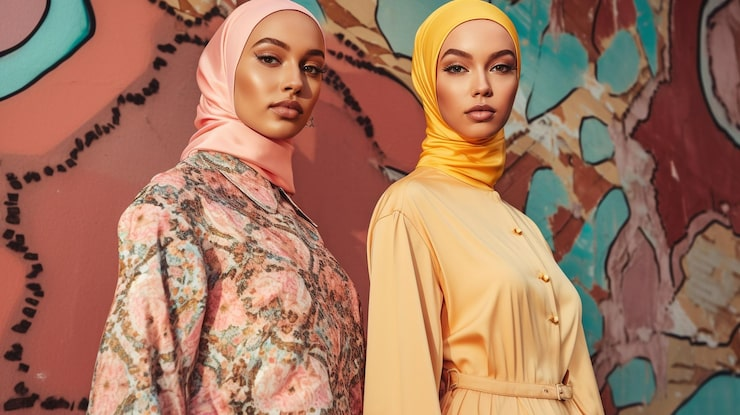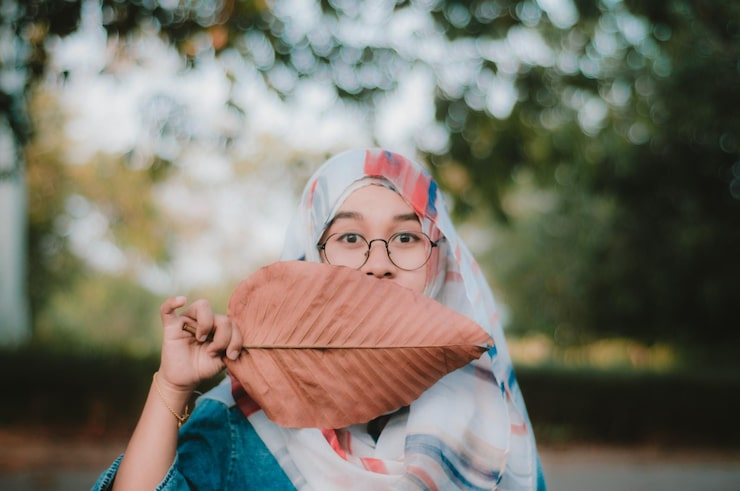Hijab Fabrics for Hair Health: Say Goodbye to Breakage and Frizz
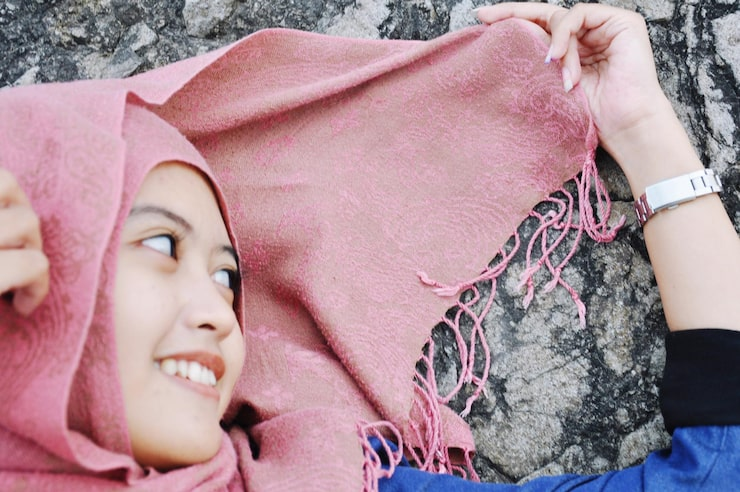
Wearing a hijab can make keeping your hair healthy a bit of a hassle. Split ends, frizz, and itchy scalps are super common. But here’s the good news: picking the right fabric can be a total game-changer. The material you choose can seriously boost how your hair looks and feels. In this article, we’ll break down how different fabrics mess with your hair health and share some dope tips to pick ones that keep your locks smooth, strong, and frizz-free.
Understanding the Science of Hair Under a Hijab
Your hair and scalp are basically glued to your hijab fabric all day. So, the stuff you pick can make or break your hair game. Let’s dig into how fabrics play nice (or not) with your hair to keep it looking fresh.
The Role of Fabric in Hair Health
The perfect fabric can stop hair damage in its tracks. It cuts down on rubbing, keeps moisture just right, and stops your scalp from turning into a sauna. Cotton, for instance, sucks up sweat like a sponge, keeping things dry. Polyester? It can trap moisture and make your scalp sweaty. But hold up—some polyesters, like the wicking kind, pull sweat away from your skin, unlike the regular stuff that holds it in. Silk is the real MVP, super soft and gentle, keeping breakage at bay. Picking the right material is a no-brainer for healthy hair.
Plus, some fabrics can make hair problems worse. Let’s check out what those are.
Common Hair Issues Linked to Hijab Wear
Hijabs can bring a few hair headaches. Traction alopecia is a big one—tight hijabs pull on your hair, causing it to snap or fall out, especially around your forehead. Moisture issues are another pain. Your scalp can get too sweaty or crazy dry, which messes with your hair’s vibe. Also, tight hijabs can choke off airflow, leaving your scalp itchy or flaky. A good fabric choice can dodge these problems and keep your hair and scalp on point.
Choosing the Right Hijab Fabric for Hair Health
Now that we get how fabrics affect your hair, let’s scope out the best ones to rock—and the ones to ditch. The right pick can cut down damage and level up your hair game over time.
Breathable Fabrics: Cotton, Silk, and Linen
Natural stuff like cotton, silk, and linen lets air flow like a breeze. This keeps your scalp chill and healthy. Cotton’s soft and soaks up sweat, so your scalp stays dry. Silk? It’s smooth as butter, stopping tangles and breakage. Linen’s light and airy, perfect for staying comfy. These fabrics keep things dry and cut down on damage. They’re straight-up awesome for daily wear.
But some synthetic fabrics can wreck your hair. Let’s talk about why you might wanna skip them.
Fabrics to Avoid: Polyester and Nylon
Polyester and nylon are tough and come in a zillion colors, but they’re not always hair-friendly. These materials can trap sweat against your scalp, making it itchy or flaky. Their rough texture can also turn your hair into a frizzy mess or cause tangles. But, like we said, wicking polyester is a different story—it pulls moisture away, unlike regular polyester. If you’re stuck on polyester or nylon, slap on a silk or satin undercap to keep your hair safe.
Additional Tips for Maintaining Hair Health Under a Hijab
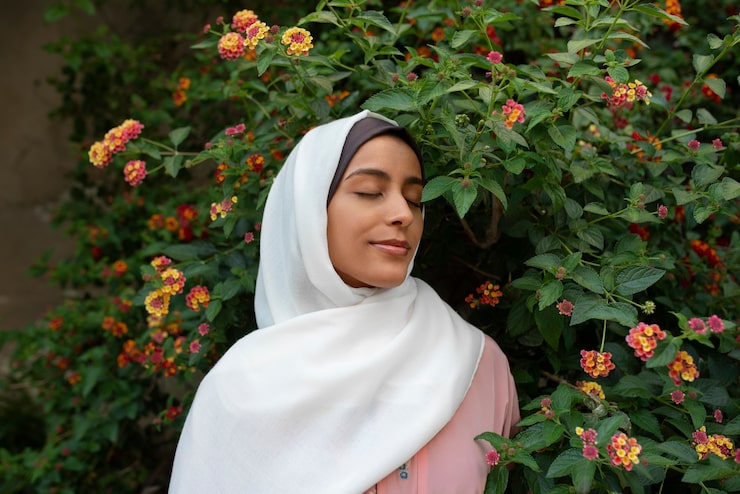
Picking the right fabric is just step one. You can do more to keep your hair looking fire while rocking a hijab. Besides smart material choices, try these tricks to make your hair thrive.
Proper Hair Care Practices
A killer hair care routine is everything. Wash your hair with a gentle shampoo. Conditioner’s a must—it keeps things soft. Also, throw in some leave-in conditioner or natural oils like coconut or argan. These keep your hair hydrated and zap frizz, even under a hijab. A little TLC goes a long way.
Protective Measures
To dodge damage, pop on a satin or silk undercap. These slick fabrics cut down on rubbing, so your hair stays strong and frizz-free. Also, don’t crank your hijab too tight. Tight styles tug on your hairline, which can thin it out. Go for a looser vibe instead. It lets air hit your scalp and takes the pressure off your hair.
Lifestyle and Dietary Considerations
It’s not just about fabrics or products. Your lifestyle and what you eat are huge for hair health. Eating right and chilling out keep your hair looking legit.
Nutrition's Role in Hair Health
What you munch on matters. Stuff like biotin, vitamin E, zinc, and omega-3s make your hair stronger. Load up on eggs, spinach, nuts, and salmon. These foods feed your hair roots and boost scalp blood flow. That means less thinning or breakage. So, eat smart for killer hair.
Stress Management and Scalp Care
Stress can totally tank your hair, making it thin or fall out. To chill out, try yoga, meditation, or deep breathing. Working out regularly also pumps up blood flow, which your scalp loves. Plus, give your scalp a quick massage while wearing your hijab. It gets the blood moving and helps hair grow. A happy scalp equals happy hair.
Conclusion: Welcome Healthy Hair with the Right Fabric Choice
The correct fabric hijab can work wonders on your hair. Go for breathable fabrics like cotton, silk, or linen, and keep a proper hair care routine. Goodbye frizz and breakage. Use satin or silk undercaps and keep your hijab loose for sheer comfort. Your hair will be stronger, smoother, and shinier in no time.
Regarding Jinlai Textile
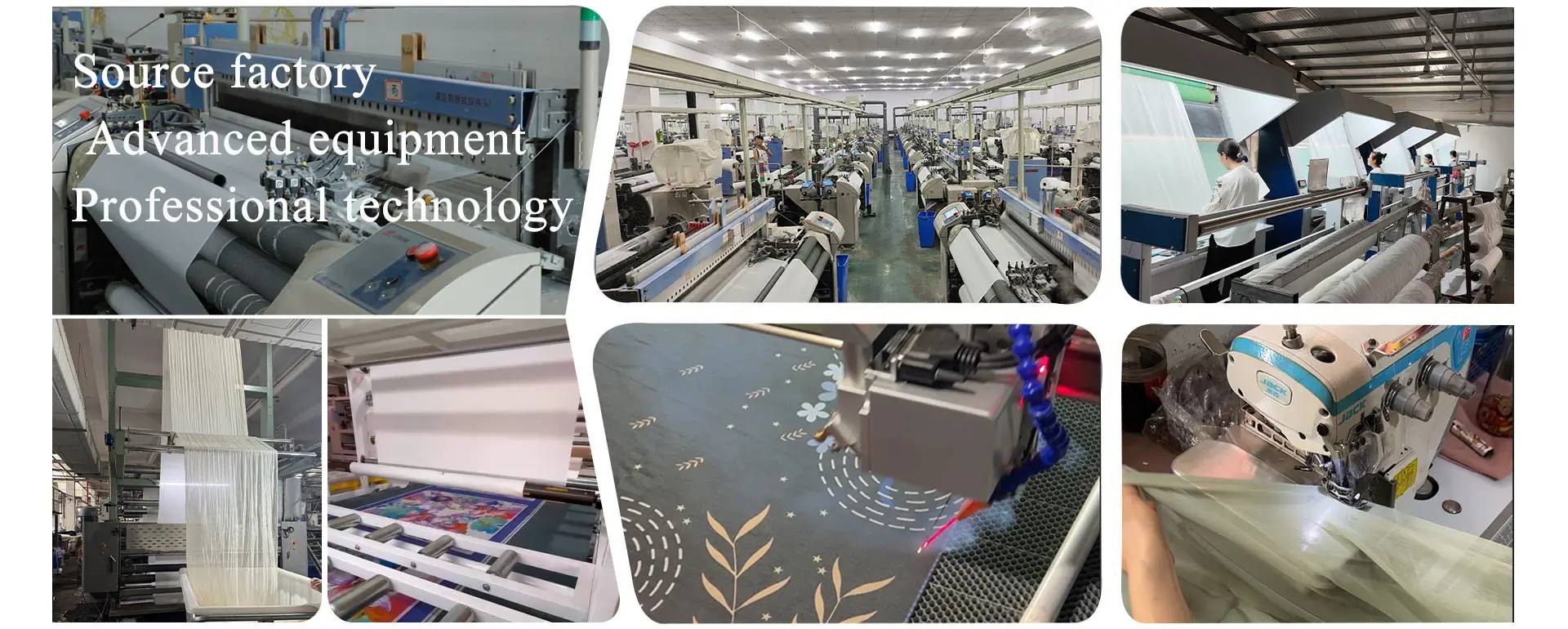
Jinlai Textile hooks you up with quality, breathable material appropriate for Muslim women's scarves. We're all about Polyester Voile, Cotton Voile, and Silk Voile, and we deal in both ready-made and tailored products. Our materials are soft, long-lasting, and cozy, with a smooth, frizz-free texture. With plenty of experience, Jinlai Textile brings vibrant colors, fashionable designs, and light fabric to the table. Check us out for scarves that suit your taste and keep your hair in check.
FAQs: Common Questions about Hijab Fabrics and Hair Health
Q1: Does wearing a hijab mess up your hair?
A: Not really. But tight hijabs or rough fabrics can cause breakage or traction alopecia. To keep things safe, go for breathable stuff like cotton, silk, or linen. Also, keep your hijab loose to ease up on your hairline. It’s a simple fix.
Q2: What’s the best fabric for hair health with a hijab?
A: Natural fabrics like cotton, silk, and linen are the way to go. They let air flow, keeping your scalp cool and dry. Silk’s super smooth and stops breakage like a champ. These materials are perfect for keeping your hair happy every day.
Q3: Does a hijab cause dandruff or itchy scalp?
A: Yup, man-made fabrics like polyester retain oil and sweat and can itch or flake. To avoid this, opt for light fabrics. Also, have a clean and hydrated scalp by regular shampooing and moisturizing. It'll keep dandruff at bay.


